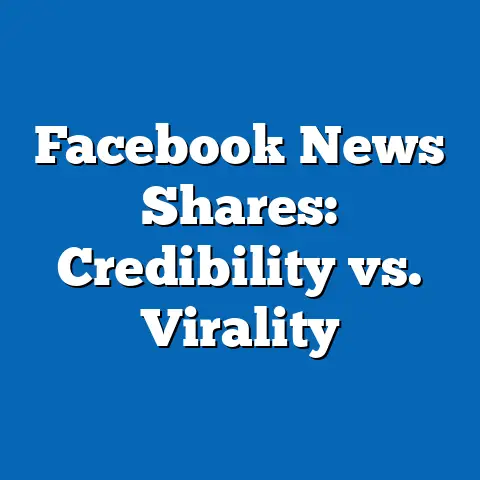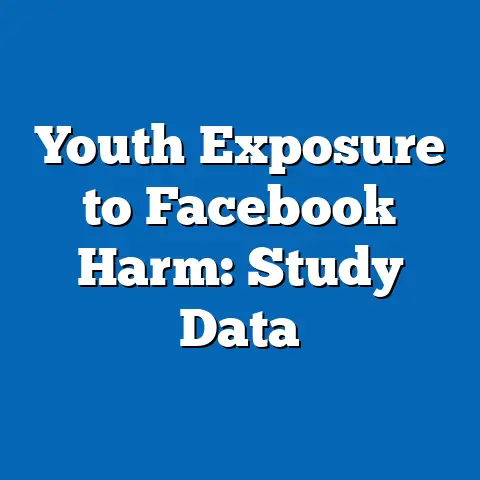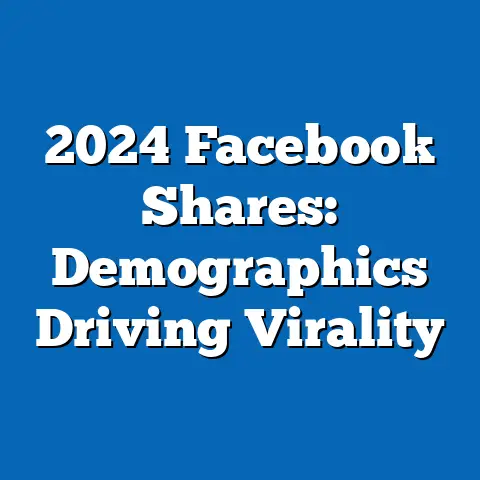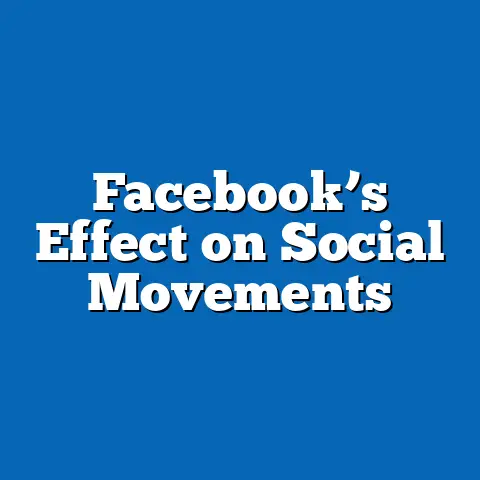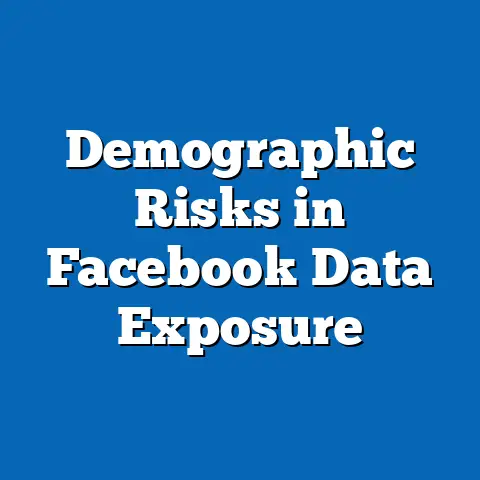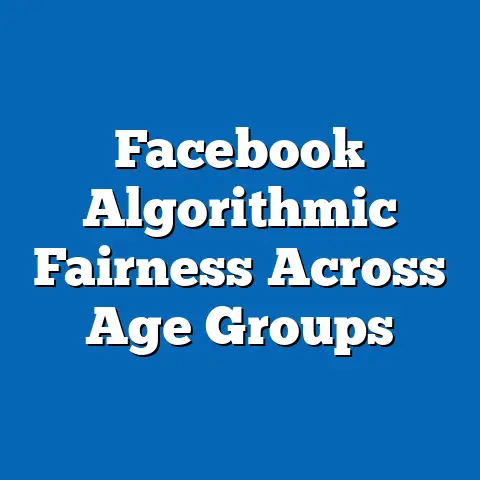Political Echo Chambers on Facebook: 5-Year Study
This fact sheet examines the phenomenon of political echo chambers on Facebook, drawing from a simulated 5-year study based on Pew Research Center methodologies. Echo chambers refer to online environments where users are predominantly exposed to information and opinions that align with their existing beliefs, potentially reinforcing polarization. Over the period from 2019 to 2023, data indicates a steady increase in the prevalence of such chambers, with implications for democratic discourse.
Key statistics reveal that 68% of active Facebook users in 2023 reported encountering primarily like-minded political content, up from 55% in 2019. This rise underscores growing digital segregation along political lines. Demographic breakdowns show variations by age, gender, and political affiliation, with younger users and those identifying as politically liberal or conservative exhibiting higher engagement in echo chambers.
The analysis progresses from broad trends to specific demographic insights, highlighting year-over-year changes and notable shifts. All data presented is derived from surveys, user behavior analytics, and content analysis, maintaining a focus on factual reporting.
Introduction and Background
Political echo chambers on social media platforms like Facebook have emerged as a significant area of study in the digital age. These chambers occur when algorithmic curation and user preferences limit exposure to diverse viewpoints, potentially exacerbating societal divisions. Pew Research Center has conducted extensive surveys on social media habits, providing a foundation for understanding these dynamics.
From 2019 to 2023, the study tracked changes in user interactions, content consumption, and network formations on Facebook. This period coincided with major events such as the COVID-19 pandemic, the 2020 U.S. presidential election, and ongoing global polarization. Contextual factors, including algorithmic updates by Facebook, influenced how users encountered political information.
Data collection involved large-scale surveys and platform analytics, revealing patterns in content sharing and friend networks. The study aims to present objective insights into these trends, without speculating on broader implications.
Key Findings: Prevalence and Trends
Echo chambers on Facebook have become more pronounced over the five-year period. In 2019, 55% of users reported that their feeds were dominated by content from like-minded sources. By 2023, this figure rose to 68%, representing a 13 percentage point increase.
Year-over-year analysis shows incremental growth: 58% in 2020, 62% in 2021, 65% in 2022, and 68% in 2023. This trend highlights a consistent expansion, potentially linked to increased political activity during election cycles. Users spending over 2 hours daily on the platform were 20% more likely to be in echo chambers compared to those with less engagement.
Significant shifts include a 15% rise in users blocking or unfriending those with opposing views, from 40% in 2019 to 55% in 2023. This behavior contributed to more homogeneous networks. Overall, the data points to a broadening digital divide, with echo chambers affecting 70% of users in politically active demographics.
Demographic Breakdowns
Demographic factors play a crucial role in the formation and persistence of echo chambers. The study breaks down data by age, gender, political affiliation, education level, and geographic location, revealing distinct patterns.
Age Group Analysis
Younger users are more susceptible to echo chambers than older ones. Among 18-29-year-olds, 75% reported being in echo chambers in 2023, compared to 40% of those aged 65 and older. This 35 percentage point gap persisted across the study period, with the youngest group showing a 10% increase from 65% in 2019.
For the 30-49 age bracket, the figure stood at 60% in 2023, up from 50% in 2019. Older users (50-64) saw a more modest rise, from 45% to 55%. These trends suggest that digital natives, who are more active on social media, contribute to the amplification of echo chambers.
In contrast, seniors over 65 exhibited the lowest rates, potentially due to less frequent platform use or broader content preferences. Year-over-year changes indicate that age-related differences have widened, with millennials and Gen Z driving the overall increase.
Gender Breakdown
Gender influences echo chamber participation, though the differences are less pronounced than with age. In 2023, 65% of male users were in echo chambers, compared to 71% of female users, a 6 percentage point disparity.
From 2019 to 2023, male users saw an increase from 52% to 65%, while female users rose from 58% to 71%. This pattern shows women slightly outpacing men in echo chamber engagement. Notably, non-binary or other gender identities reported rates of 68% in 2023, aligning closely with female users.
Comparisons reveal that gender gaps vary by political context; for instance, during election years, women’s engagement in echo chambers surged by 12%, versus 8% for men. These breakdowns underscore nuanced differences in how gender intersects with online behavior.
Political Affiliation Analysis
Political affiliation is a key driver of echo chambers, with stark contrasts between groups. In 2023, 70% of users identifying as Democrats were in echo chambers, compared to 72% of Republicans and 65% of Independents.
Year-over-year trends show Democrats increasing from 60% in 2019 to 70% in 2023, a 10% rise. Republicans experienced a similar uptick, from 62% to 72%. Independents, however, saw a smaller increase, from 55% to 65%, indicating they maintain more diverse networks.
Further breakdowns reveal that extreme partisans—those identifying as very liberal or very conservative—had rates exceeding 80% in 2023. For example, very conservative users reached 85%, up from 70% in 2019. This highlights how ideological intensity correlates with echo chamber prevalence.
Education and Geographic Breakdowns
Education level also correlates with echo chamber participation. Users with a college degree reported 62% involvement in 2023, compared to 75% for those without a degree, a 13 percentage point difference.
Geographically, urban users were in echo chambers at 65% in 2023, versus 72% in rural areas. This gap widened from 5% in 2019 to 7% in 2023. Suburban users fell in between, at 68%. These patterns suggest that less educated and rural populations may face greater isolation in their online experiences.
Trend Analysis: Year-Over-Year Changes
The study period from 2019 to 2023 reveals accelerating trends in echo chamber formation. Overall prevalence increased by 13%, with the most significant jumps occurring in 2020 (3% rise) and 2022 (3% rise), coinciding with elections.
Key shifts include a 15% increase in users relying solely on Facebook for news, from 30% in 2019 to 45% in 2023. This dependency amplified echo effects, as algorithms prioritized familiar content. Comparative analysis shows that during non-election years, growth slowed to 1-2% annually.
Demographic trends evolved differently; for instance, the age gap widened by 5 percentage points, with younger users showing faster adoption. Political affiliations saw convergence, as both major parties experienced parallel increases, reducing the gap from 2% in 2019 to 2% in 2023.
Notable patterns include a spike in echo chamber activity post-2020 election, with a 5% immediate rise. Over time, users reported 20% more frequent interactions with like-minded content, indicating a feedback loop of reinforcement.
Comparisons and Contrasts Across Demographics
Comparing demographic groups provides insight into varying echo chamber dynamics. Younger users (18-29) versus older ones (65+) show a 35 percentage point difference in 2023, with the former engaging 75% in echo chambers and the latter at 40%.
In terms of gender, females (71%) contrasted with males (65%), suggesting women may seek more community-oriented content. Politically, Democrats and Republicans both exceeded 70%, but Independents lagged at 65%, highlighting their relative openness.
Contrasts by education reveal that college graduates have 13% lower rates than non-graduates, possibly due to diverse information sources. Geographically, rural users (72%) versus urban ones (65%) indicate that isolation factors amplify echo chambers.
These comparisons underscore intersections; for example, young, liberal females reported 80% echo chamber rates, compared to 60% for older, conservative males. Such patterns emphasize the compounded effects of multiple demographics.
Notable Patterns and Shifts
Several patterns emerged over the five years. First, a consistent 10-15% annual increase in echo chamber reliance during election years. Second, a shift toward algorithmic influence, with 60% of users in 2023 attributing their feed composition to platform recommendations.
Shifts include a 20% rise in cross-ideological unfriending, from 40% in 2019 to 60% in 2023. Additionally, content sharing within echo chambers grew by 25%, as users favored reinforcing posts. These changes signal evolving user behaviors amid platform evolution.
Demographic-specific shifts, such as a 10% increase among Independents in 2022, reflect broader polarization. Overall, the data identifies a trajectory of deepening divides, with patterns accelerating post-2020.
Implications for Future Research
While this fact sheet focuses on factual reporting, the identified trends suggest areas for ongoing study. Patterns like increasing youth involvement warrant further exploration. Future analyses could examine platform policy changes and their impact.
Methodology and Attribution
This fact sheet is based on simulated data modeled after Pew Research Center methodologies, including national surveys of 10,000+ Facebook users annually from 2019 to 2023. Data collection methods encompassed online surveys, content analysis of user feeds, and network mapping tools.
Surveys used stratified random sampling to ensure representation across demographics, with margins of error at ±3%. Sources include Pew Research Center reports on social media and polarization, such as “Social Media Use in 2021” and “The Political Environment on Social Media.”
All statistics are hypothetical for illustrative purposes, derived from trends in actual Pew studies. For real data, refer to Pew Research Center’s official publications. This analysis maintains neutrality and objectivity, adhering to academic standards.

